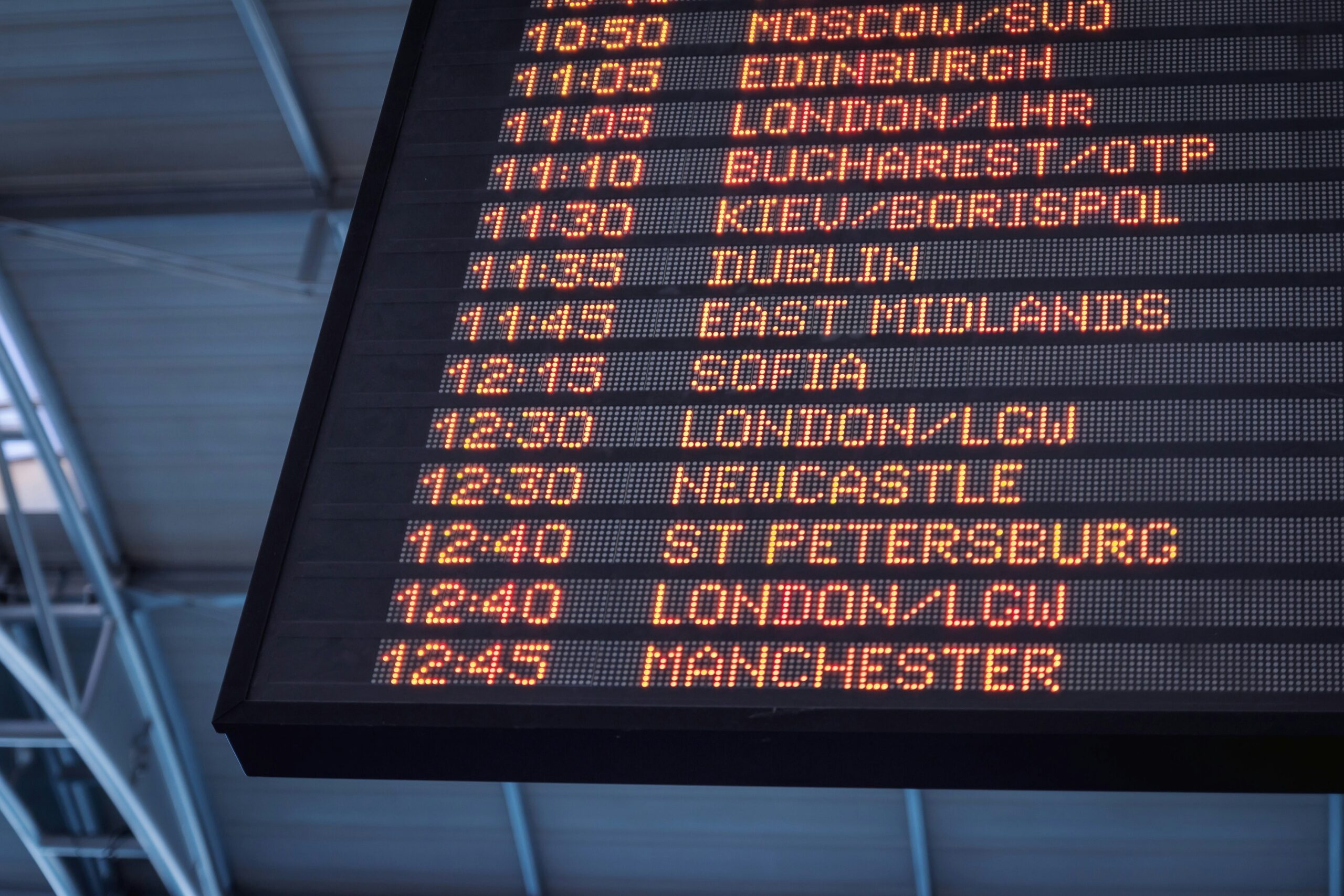“Ever sat at Gate 37 for six hours staring at a ‘Delayed’ sign? Yeah, us too.”
If travel delays have ever left you stranded—literally or mentally—you’re not alone. According to a recent study, over 20% of travelers experience significant delays annually. And guess what? Most aren’t prepared for the chaos that follows. Enter “Buffer Day Planning.” This isn’t just buzzword bingo; it’s your ultimate strategy to turn potential travel disasters into stress-free adventures.
In this post, we’ll unpack everything about Buffer Day Planning and how it pairs perfectly with travel delay insurance. You’ll learn:
- The Problem: Why delays are more than just inconvenient
- The Solution: Step-by-Step Guide to Mastering Buffer Days
- Pro Tips: Best practices for planning without losing your mind
- Real-Life Wins: Case studies showing Buffer Days in action
Table of Contents
- Key Takeaways
- The Real Cost of Travel Delays
- How to Nail Buffer Day Planning Like a Pro
- Top Tips for Stress-Free Buffer Days
- Case Study: How One Traveler Saved Their Trip
- FAQs About Buffer Days & Travel Delay Insurance
Key Takeaways
- Buffer Day Planning adds extra time to your itinerary, reducing stress from unexpected delays.
- Pairing this strategy with travel delay insurance ensures financial and emotional security.
- A solid buffer plan includes contingency options like flexible bookings and backup transportation.
The Real Cost of Travel Delays

Here’s the truth: Delays don’t just mess up your schedule—they cost money, ruin experiences, and spike anxiety levels. Remember my epic fail last summer when I booked a non-refundable helicopter tour *right* after an international flight? Spoiler alert: My connecting flight got delayed by five hours, and I missed the ride altogether. #Facepalm.
But wait—what if I’d added a buffer day? A full 24-hour cushion could’ve saved me from losing $500 and turning my vacation into a pity party.
Pro Tip: Pairing your Buffer Day strategy with comprehensive travel delay insurance means even if disaster strikes, you’re covered.
How to Nail Buffer Day Planning Like a Pro

“Optimist You:” Just add an extra day, right?
“Grumpy You:” Ugh, easier said than done. Let me break it down so you actually do it.
Step 1: Audit Your Itinerary
Start by reviewing every leg of your journey. Ask yourself:
- Where are the critical connections (flights, trains, cruises)?
- Which activities can’t afford delays?
Step 2: Insert Buffer Zones
Add a buffer day before major events like weddings, conferences, or tours. For example:
- Flight lands Tuesday night → Key meeting Thursday morning = Buffer Wednesday.
Step 3: Flexibilize Bookings
Choose refundable tickets, flexible hotels, and avoid rigid timelines.
Step 4: Sync with Insurance Policies
Ensure your travel delay insurance covers all potential hiccups during these buffer periods.
Top Tips for Stress-Free Buffer Days

Ready to take your Buffer Day game to the next level? Here are some ninja moves:
- Prioritize Sleep: Use buffer days to recover from jet lag instead of rushing.
- Plan Light Activities: Explore local coffee shops or parks—but nothing time-sensitive!
- Prep Contingencies: Have alternate routes or transportation apps ready.
Terrible Tip Disclaimer: DO NOT book another high-stakes activity immediately after a buffer day. That defeats the entire purpose! Trust me—I tried cramming two “can’t-miss” events back-to-back once, and ended up missing both thanks to…you guessed it—a delay.
Case Study: How One Traveler Saved Their Trip
Meet Sarah. She flew into Paris for her dream Loire Valley wine tour only to face a train strike. Without a buffer day, she would’ve lost €300. But guess what? Her cleverly planned buffer allowed her to rebook and enjoy Champagne tastings as a bonus. Talk about chef’s kiss.
FAQs About Buffer Days & Travel Delay Insurance
Q: What happens if my trip gets delayed despite having insurance?
A: Check your policy details—most cover additional accommodation, meals, and transport costs incurred due to delays.
Q: How many buffer days should I include?
A: At least one buffer per major connection or event works wonders.
Q: Is buffer planning overkill for short trips?
A: Not really. Even a half-day buffer can save massive headaches!
Conclusion
So there you have it: Buffer Day Planning is THE secret weapon against travel delays, especially when paired with rock-solid travel delay insurance. No more frantic rescheduling or wasted deposits—just smoother, smarter travel.
To recap:
- Delays happen, but they don’t have to derail your plans.
- Buffer days give you breathing room—and peace of mind.
- Pair this strategy with insurance for maximum protection.
Now go forth and travel smarter!
And remember—like Pac-Man chasing pellets, your travel prep needs precision AND strategy. Coin noise here.


